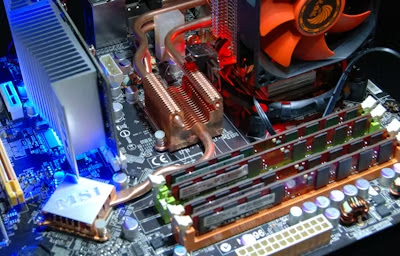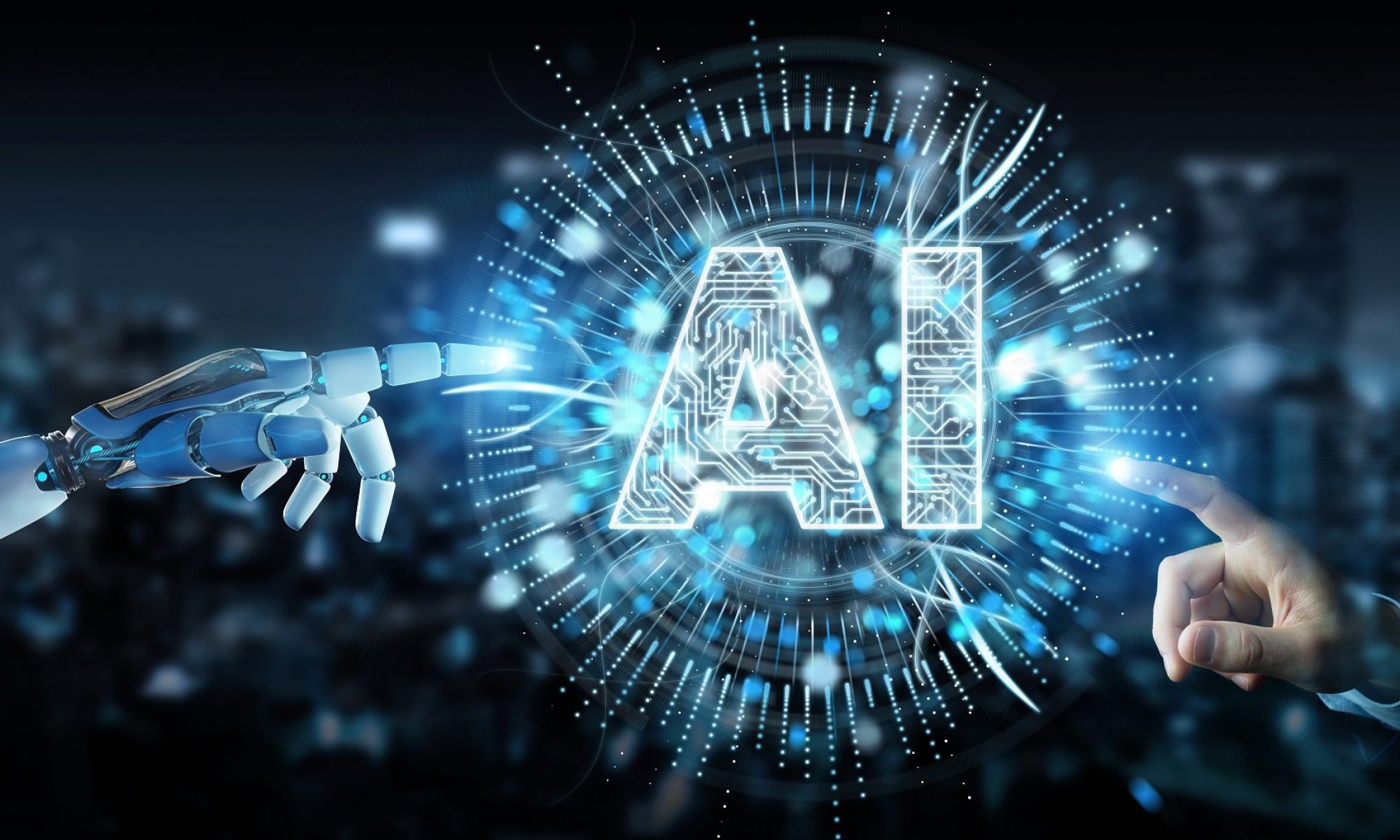Global Hack Week: Season Launch 2025 — ByteWisdom.tech
Global Hack Week: Season Launch 2025
Kick‑starting the 2026 Major League Hacking season • 4 – 10 July 2025 • 100 % online & free
Why this week matters
Once a year, Major League Hacking (MLH) gathers thousands of innovators for a seven‑day festival called Global Hack Week (GHW). The Season Launch edition (4 – 10 July 2025) doubles as the “opening ceremony” for the 2026 MLH hackathon season, featuring new community initiatives, mascot & swag reveals, plus a packed calendar of live sessions and challenges.1
What exactly is Global Hack Week?
Think of GHW as a month‑long hackathon distilled into one flexible online sprint: seven consecutive days of workshops, mini‑events, coding challenges, and social hangouts you can join from anywhere — totally free.2 Whether you have classes, a day job, or a backpacking schedule, every activity is recorded so you can learn at your own pace.
Season Launch 2025: At‑a‑glance highlights
| Day | Sample Programming | Why You’ll Care |
|---|---|---|
| 4 Jul (Fri) | Opening ceremony & community kickoff | Meet teammates in Discord, preview week‑long challenges |
| 5 Jul (Sat) | “Build Faster with GitHub Copilot” workshop | Hands‑on intro to AI‑assisted coding |
| 6 Jul (Sun) | Surprise drops & scavenger hunts | Earn limited‑edition digital badges and raffle tickets |
| 7 Jul (Mon) | Keynote by MLH co‑founders | Roadmap for the 2026 hackathon season |
| 8 Jul (Tue) | Mascot & swag reveal | Claim first‑run stickers, tees, and more |
| 9 Jul (Wed) | Live Tech Trivia × Figma design jam | Show off design chops and win sponsor swag |
| 10 Jul (Thu) | Demo Day & awards ceremony | Pitch your project, get feedback, and score prizes |
Exact times will appear on the rolling schedule—watch the GHW site or Discord for updates.3
What’s new for 2025
- 2026 Season Website Reveal — your first glance at the upcoming MLH‑partnered hackathon calendar.
- Community‑driven mini‑events voted on by attendees: lightning talks, AMAs, speed‑coding duels.
- Expanded Sponsor Village featuring GitHub Education, Figma, Civic Technologies, and more.4
How to register (it’s 100 % free)
- Create or log in to your MLH account.
- Click “Register” on the Season Launch event page.1
- Join the MLH Discord — the hub for announcements and team‑matching.2
- Add sessions to your calendar; most workshops are livestreamed & recorded.
Pro tip: Jump into Discord early to find collaborators and snag limited‑quantity swag drops.
Pro tips to get the most out of your week
- Level‑up a skill — pick two workshops that stretch you and finish the accompanying challenges.
- Build your portfolio — ship a small, polished project with a clear README and live demo.
- Network globally — introduce yourself in #introductions and attend at least one social event.
- Earn prizes — daily micro‑challenges often take under 30 min and stack raffle points fast.
Perfect for beginners
Live sessions assume little prior experience and pair you with mentors, while MLH’s Code of Conduct and around‑the‑clock moderation keep the environment safe and inclusive. Even completing a single challenge earns a verified MLH digital certificate you can showcase on LinkedIn.
Looking ahead
Season Launch is only the opener. Upcoming 2025 GHW themes include Beginners Week (8 – 14 Aug 2025) and Data Week (12 – 18 Sep 2025) — perfect checkpoints to revisit your learning goals.1
Ready to hack?
Register today, join the Discord, and circle 4 – 10 July 2025 on your calendar. Whether you’re writing your first “Hello World” or deploying production‑ready code, Global Hack Week: Season Launch is your springboard into a year of innovation with the MLH community.


.webp)





.jpg)
.jpg)



